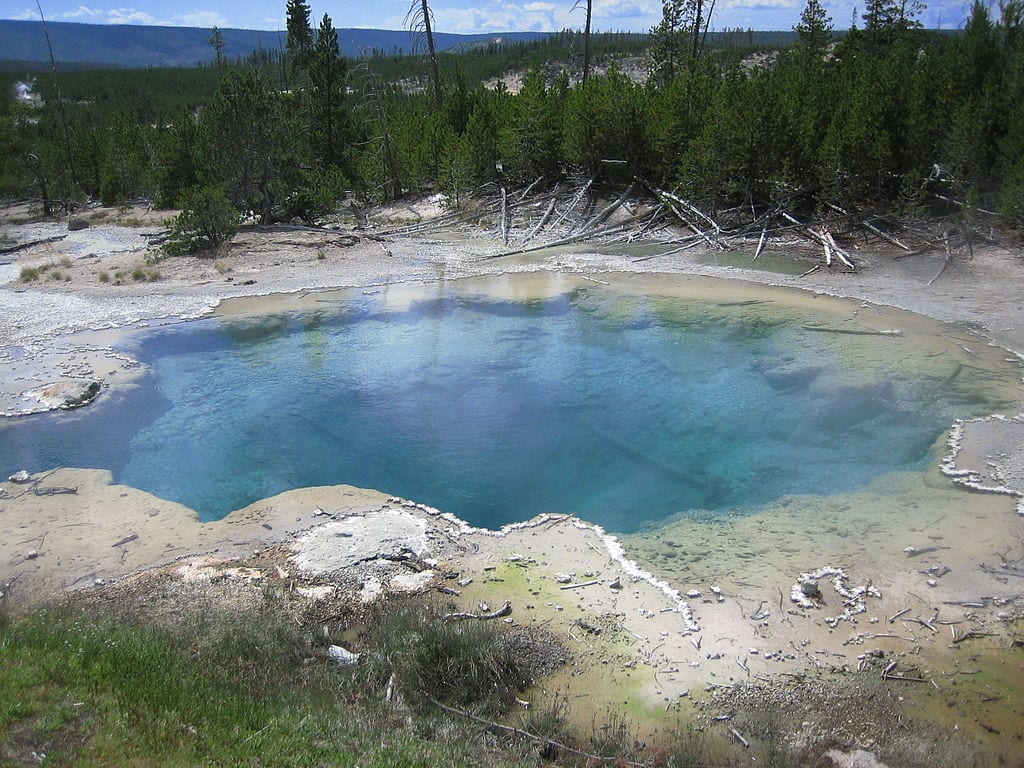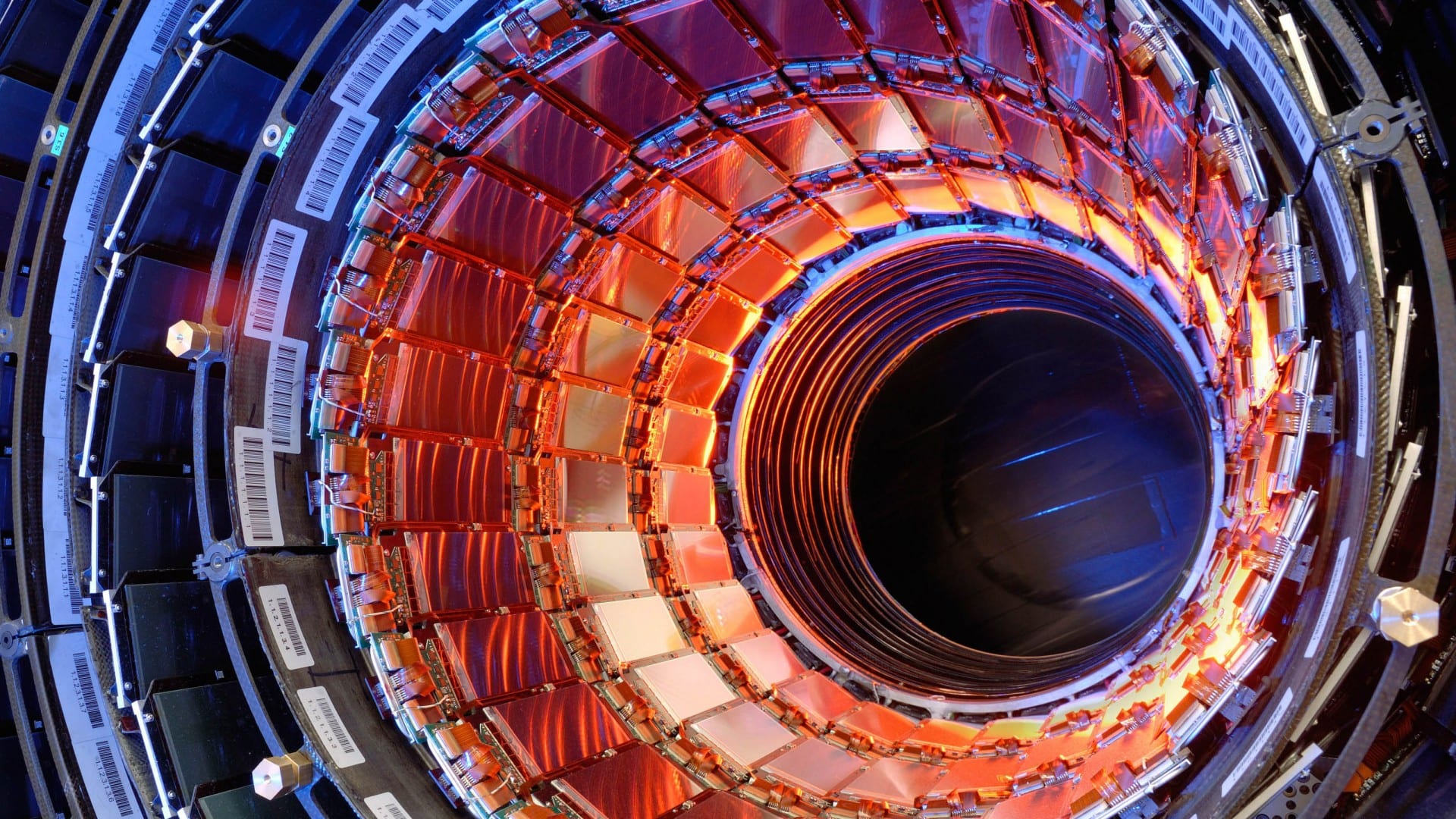Mars is a fascinating planet we’re only just beginning to understand thanks in part to NASA’s Mars Reconnaissance Orbiter (MRO).
The MRO is equipped with a High Resolution Imagine Science Experiment (HiRISE) camera that has already taken some amazing pictures. But fantasy and sci-fi fans have noticed that the MRO has captured images that really speak to their nerdy sense of entertainment.
Fans of Star Trek can point to this imprint of the Starfleet Emblem. See for yourself!

Photo Credit: NASA/JPL/UArizona
Take a look at this close-up!

Photo Credit: NASA/JPL/UArizona
The MRO has also captured images of what looks like the House Stark Direwolf sigil from Game of Thrones.

Photo Credit: NASA/JPL/UArizona
Mars is prone to dry dust avalanches that cause changes to the makeup of the planet’s surface.
The HiRISE MRO then caught the changes to this landscape, which you can see in black below.

Photo Credit: NASA/JPL/UArizona
So how is it possible to get such detailed pictures of Mars’ surface? Great question! The MRO HiRISE camera has been orbiting around Mars since 2006 and is the most powerful camera to ever grace the orbit of another planet.
With its super-high resolution of 30 centimeters, or 11.8 inches, per pixel, the MRO HiRISE camera really gives you a feel for life on Mars. The camera has only captured images of about 2.4% of Mars’ surface.
The MRO continues to take pictures of a rocky formation called Melas Chasma, which is a part of a canyon system called Valles Marineris.
Check out this formation, which looks like a dragon from space!

Photo Credit: NASA/JPL/UArizona
Pretty cool, huh?
In the meantime, the HiRISE continues to monitor Mars’ surface and revealing photos to the public as they come. You can check out their discoveries on Twitter.
What did you think of these photos? Do these really look like the symbols we think they are?
Share your opinion in the comments below!
The post NASA Found a “Dragon” on Mars…Let’s Take a Look appeared first on UberFacts.


















